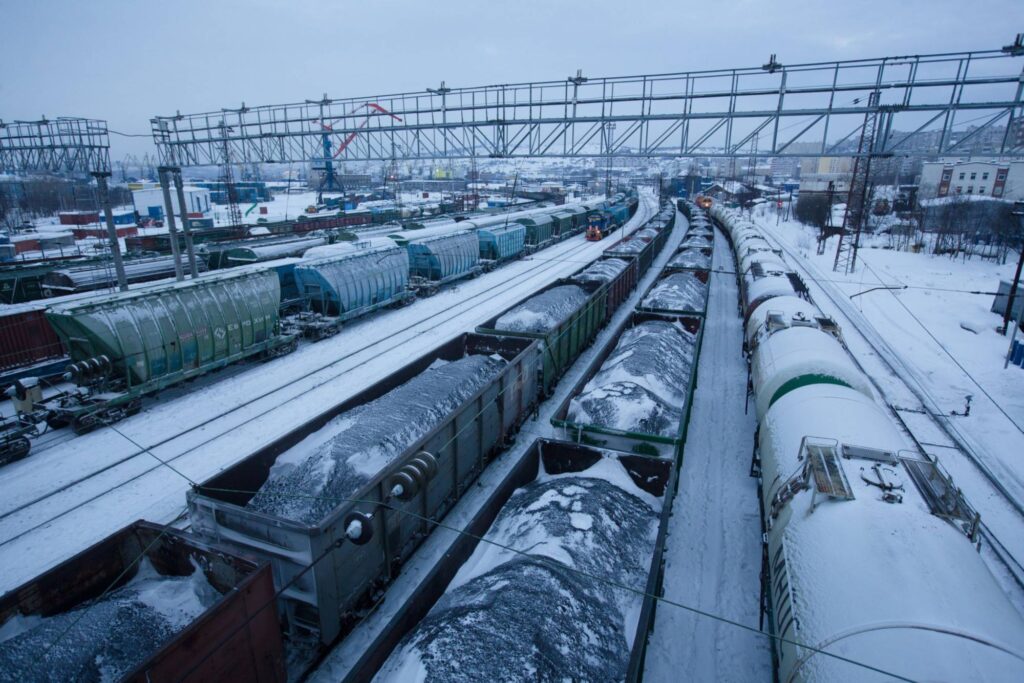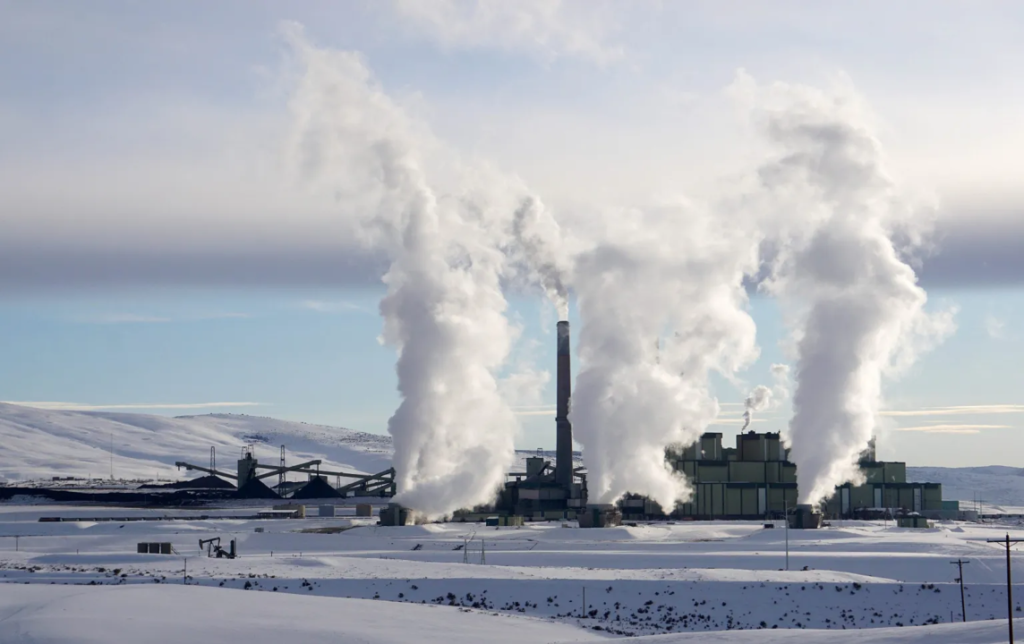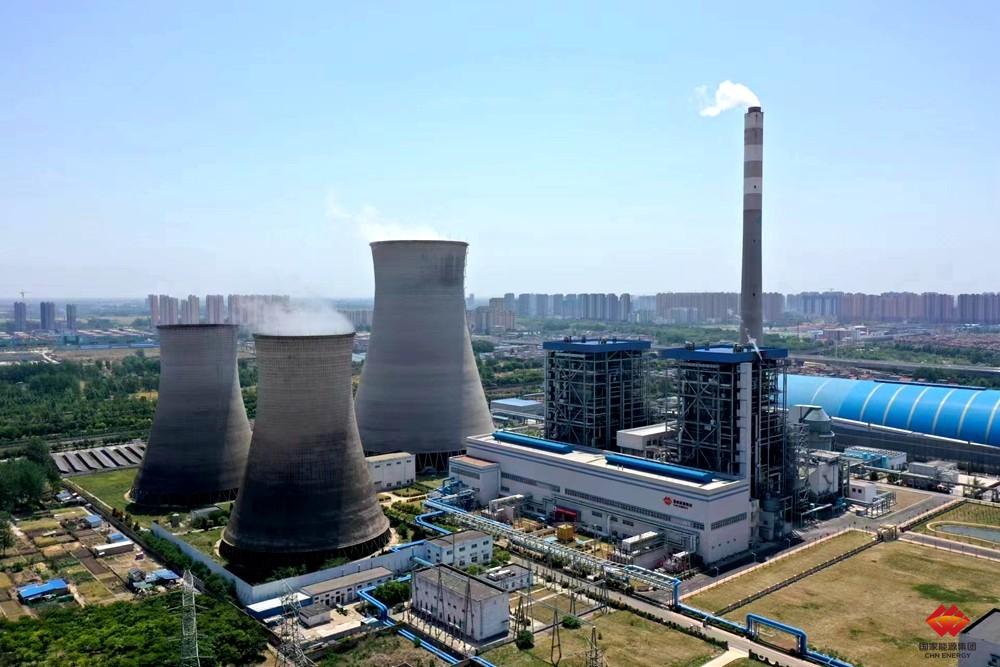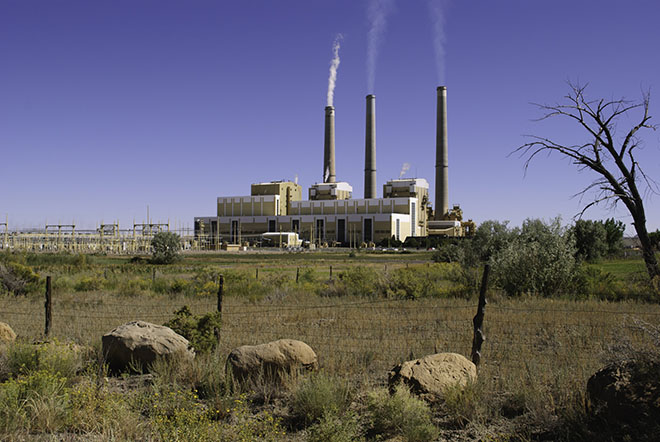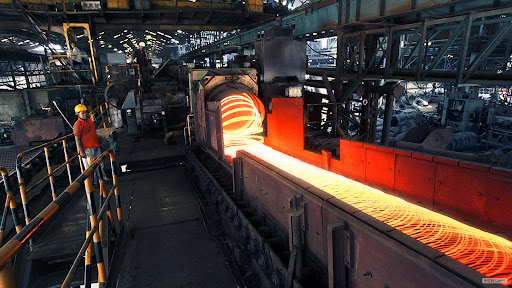On December 28, Sinopec held the “China Energy Outlook 2060 (2024 Edition)” and “China Hydrogen Energy Industry Outlook Report” press conference and the 2024 Energy and Chemical Industry Development Forum. Dai Baohua, executive director, general manager and deputy secretary of the Party Committee of Sinopec Economic Research Institute, released the “China Energy Outlook 2060 (2024 Edition)” report.
The report shows that China’s total primary energy consumption will peak between 2030 and 2035, with a peak of approximately 6.26 billion tons of standard coal, and will drop to 5.7 billion tons of standard coal in 2060; carbon emissions related to energy activities will peak before 2030. After excluding the carbon sequestration part of raw materials, the peak value is about 10.1 billion tons. In 2060, 1.7 billion tons of carbon emissions will still be generated, which need to be absorbed through CCUS, ecological carbon sinks and other methods; coal consumption will peak around 2025 and decline. , coal will still play the role of “ballast” for China’s energy security in the next ten years; oil consumption will enter the final stage of growth, peaking before 2027, with a peak of about 800 million tons, and the peak plateau period will be shortened to 3-5 years; Natural gas consumption has grown steadily, reaching a peak around 2040, with a peak of approximately 610 billion cubic meters; non-fossil energy supply has developed rapidly and is becoming the mainstay of China’s energy system increase, and will become the mainstay of China’s energy supply around 2045.
Luo Daqing, deputy general manager and party committee member of Sinopec Economic Research Institute, released the “China Hydrogen Energy Industry Outlook Report”. This report is a series of results based on the “China Energy Outlook 2060” report released by Sinopec. It is also the first hydrogen energy outlook report released.
The report shows that China’s hydrogen energy consumption will reach nearly 86 million tons in 2060, with an industry scale of 4.6 trillion yuan. Low-carbon hydrogen production on the supply side and diversified applications on the consumer side will become two major features of the development of the hydrogen energy industry. It is expected that in 2060, the proportion of non-fossil energy in my country’s energy structure dedicated to hydrogen production will increase from 1% in 2022 to 93%, of which wind energy and solar energy will account for 2/3. The hydrogen source structure will undergo fundamental changes. Transformation; the consumption structure of hydrogen energy applications will also undergo major changes.
The report shows that in 2024, the energy and chemical industry should make overall plans to promote high-quality development and high-level safety. We must focus on strengthening the conservation, intensive, recycling and efficient use of resources, actively and steadily promote carbon peak and carbon neutrality, accelerate energy-saving transformation, and expand renewable energy consumption. The global energy supply and demand landscape has changed, and trade flows have gradually shifted to “east-west hemisphere”; maintaining energy security and sustainable development will be a major concern of the future energy industry; international oil prices are expected to remain at mid-to-high levels, with the average value declining slightly, but still high Above the average level of the past five years, we must beware of the impact of major events on the market; Eurasian natural gas demand will promote infrastructure construction, and the gas price center is expected to be roughly the same as in 2023; China’s primary energy demand will grow by 2.7%, and the oil and gas industry It is necessary to increase exploration and development, write a new chapter in securing energy jobs, and actively promote the integrated development of oil fields and new energy. Affected by factors such as the rapid growth of new energy vehicles, China’s demand for refined oil will enter a low growth stage in 2024, with a growth rate of only 1.7%; bulk chemical production capacity will be released intensively, and the operating pressure of the petrochemical industry will remain unabated in 2024. As a support for strategic emerging industries, new chemical materials will continue to develop vigorously.

